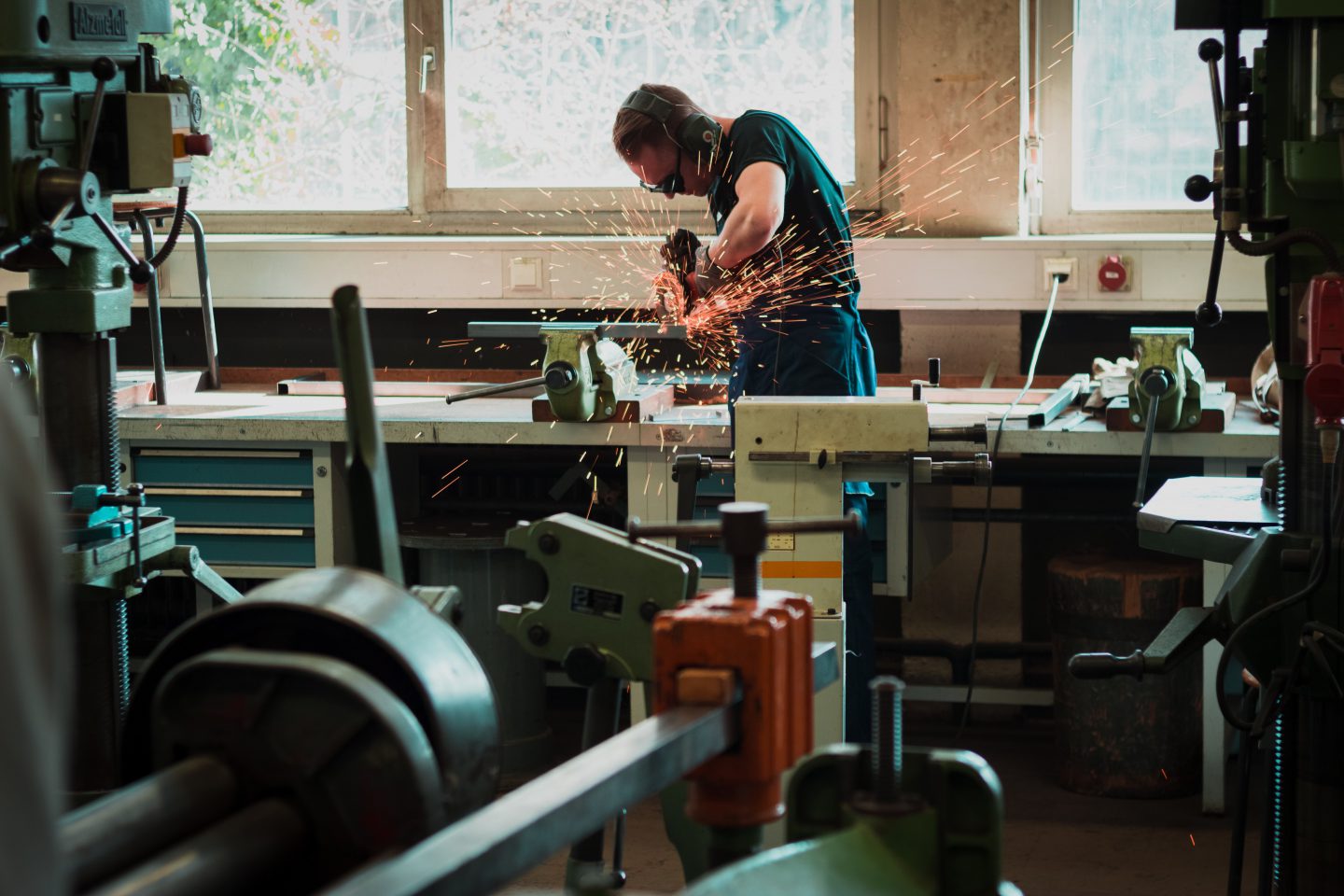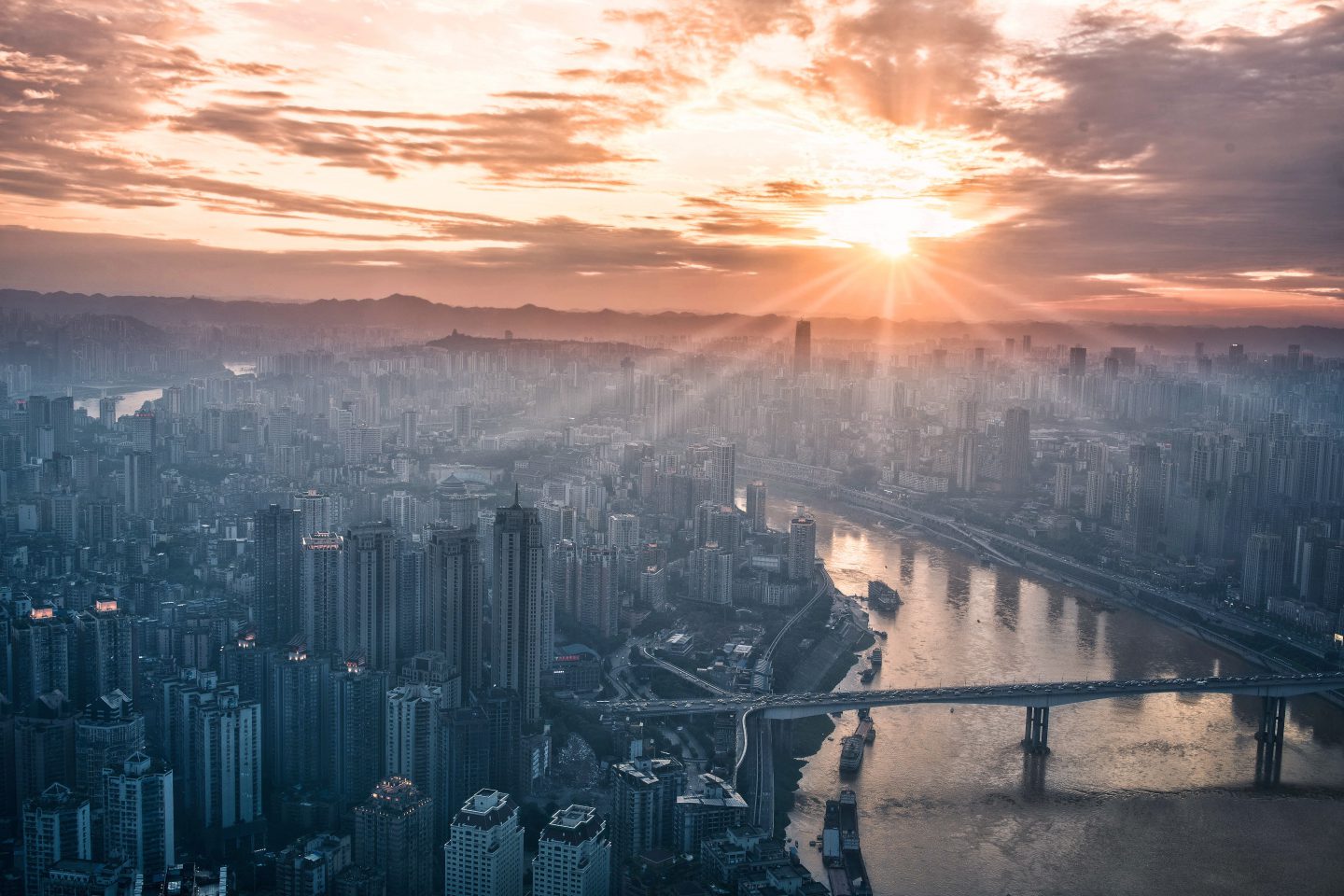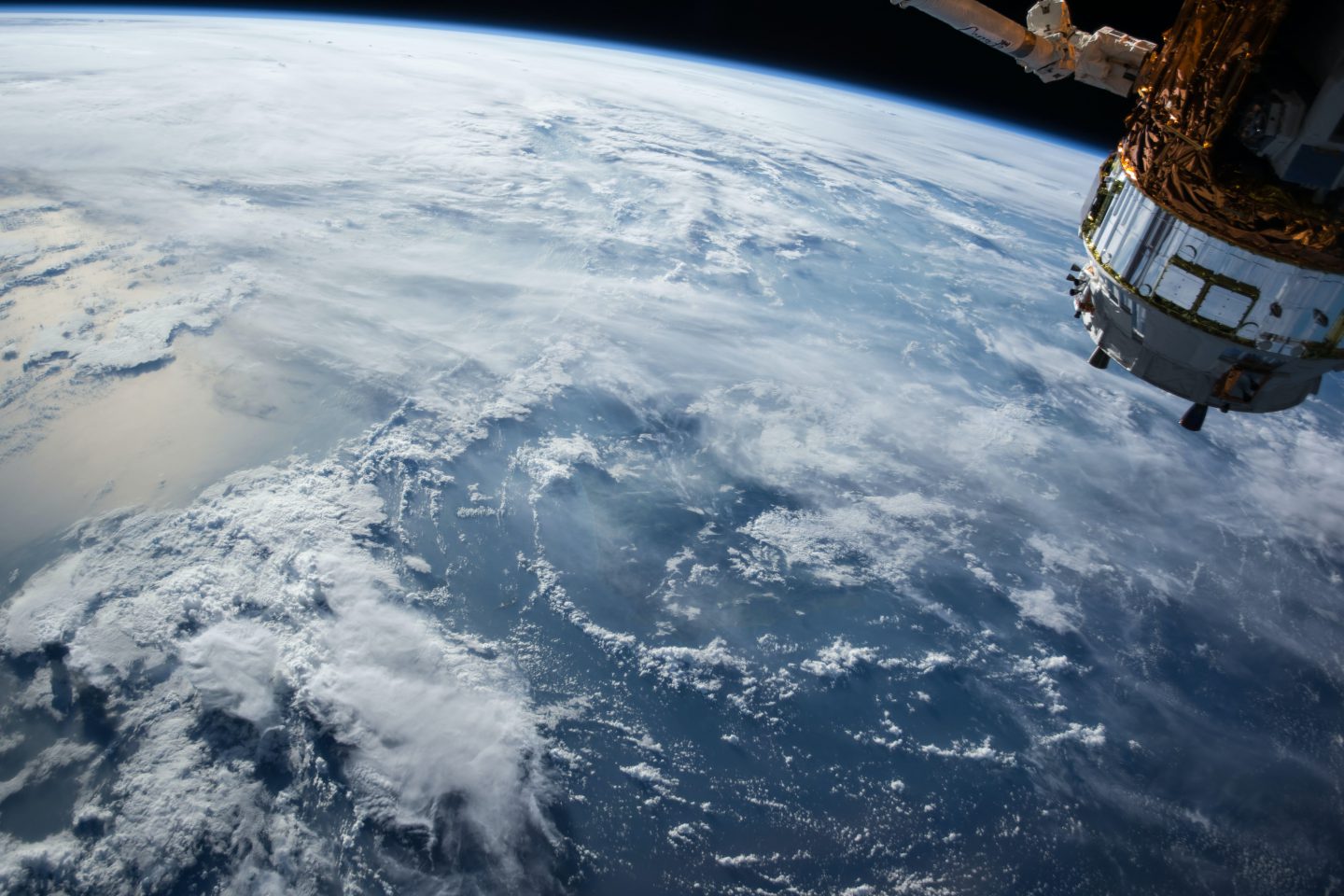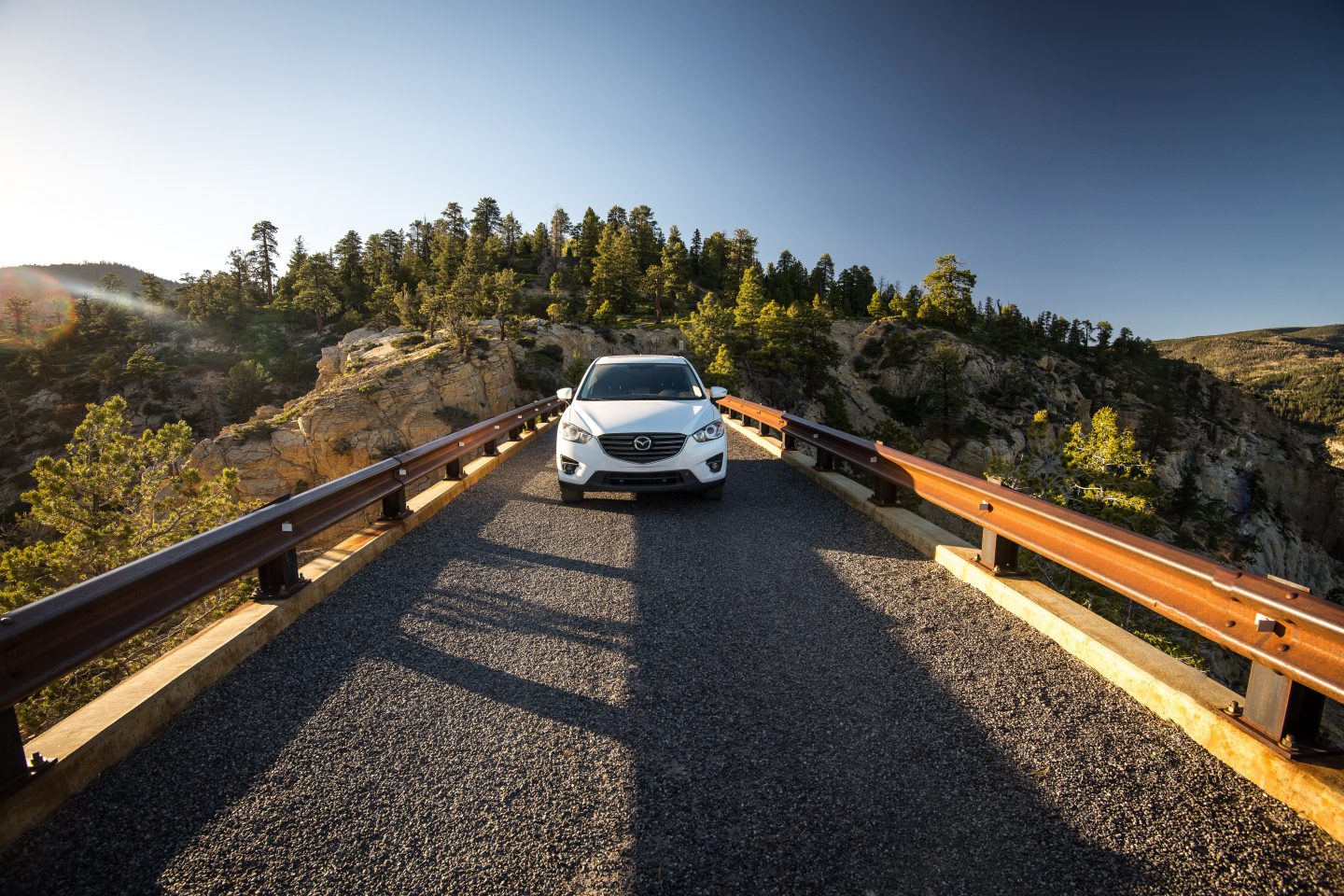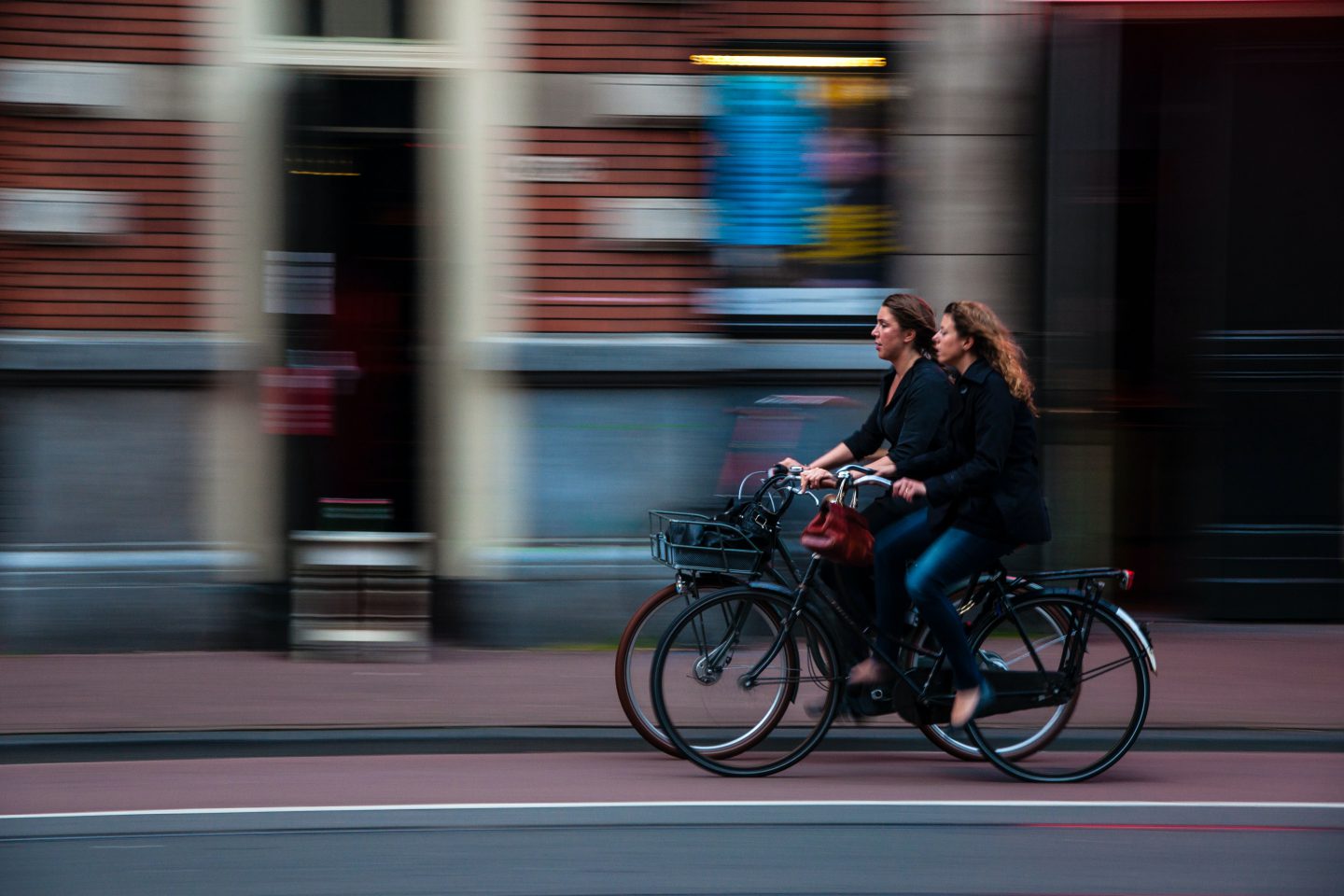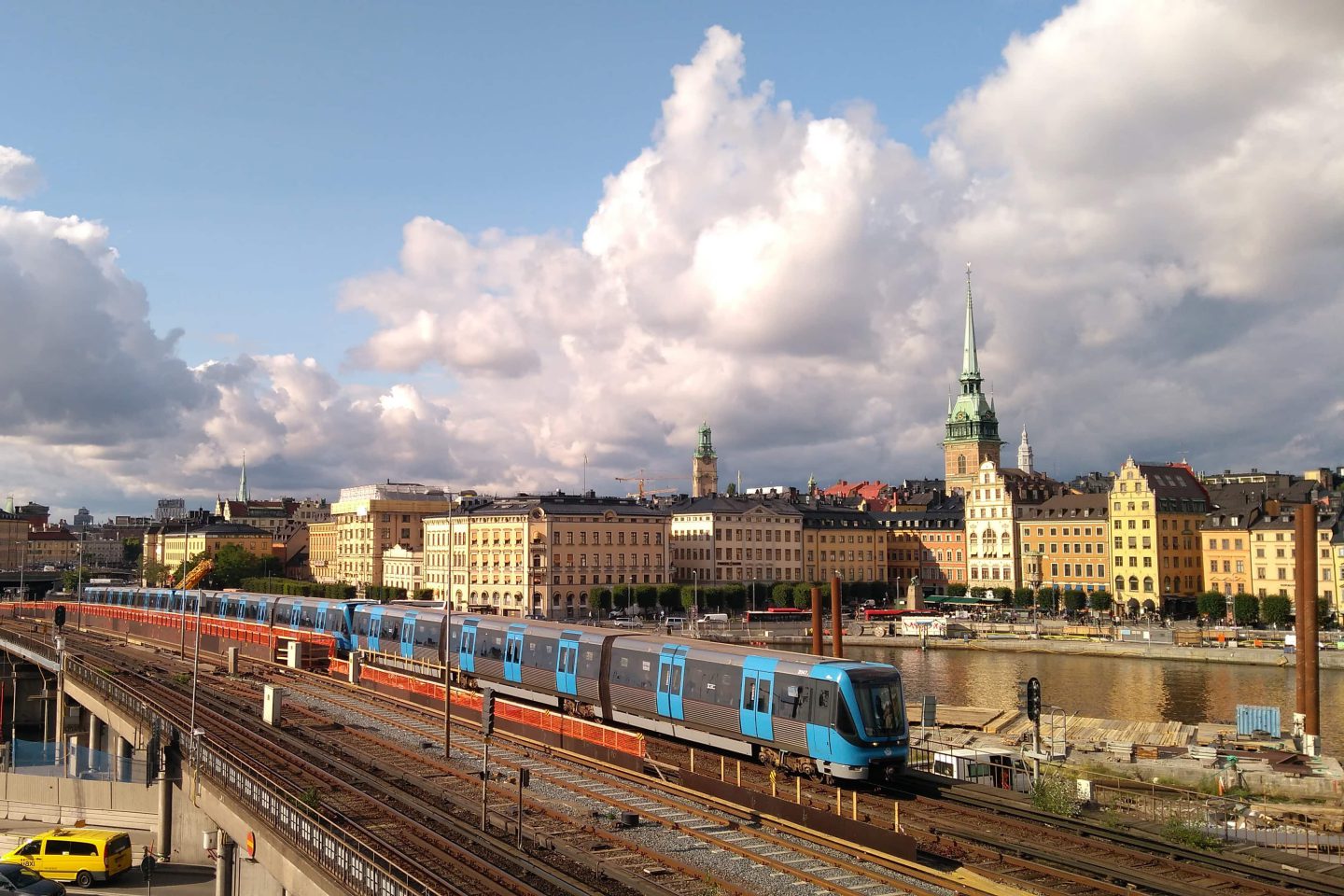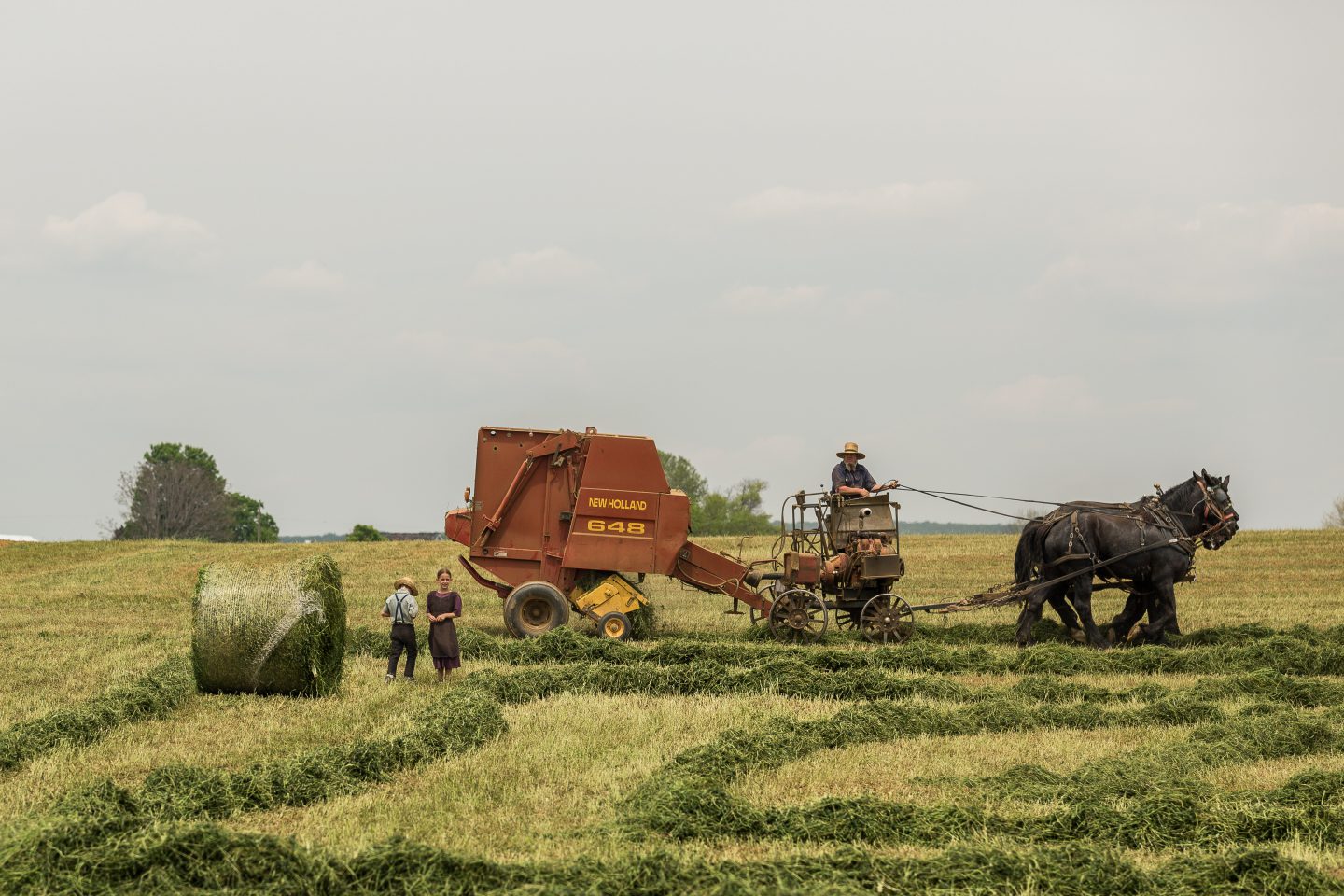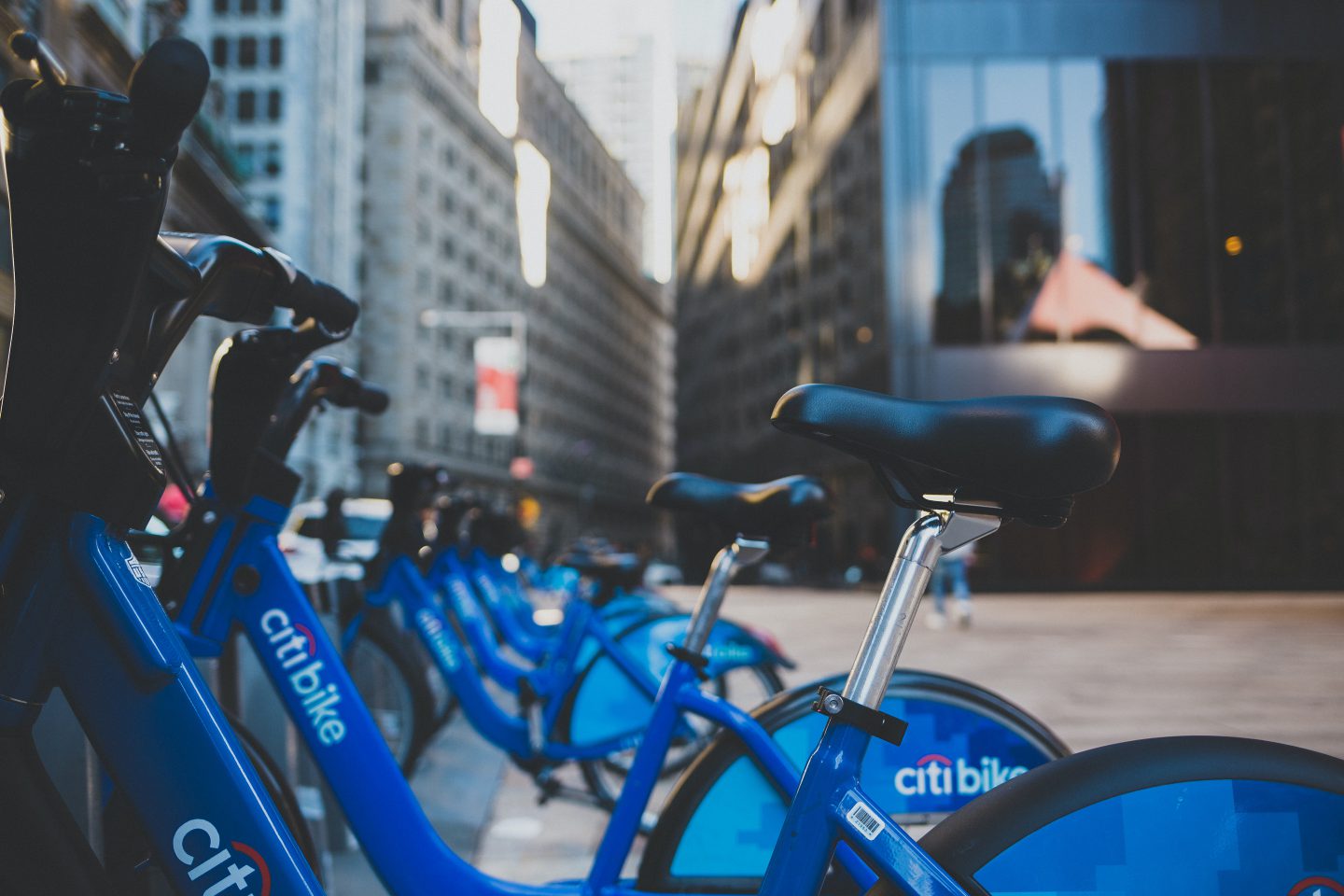Flexible work should not be a perk or a privilege. Implemented correctly, it benefits both company and employee.
Thanks to advances in technology, office work no longer needs to be done only in the office. As employers strive for a more productive workforce and employees demand flexible working conditions to better balance work and life, remote work – or telecommuting, which is performed by about one-quarter of Australian workers – offers a win-win solution for both groups.
Indeed, all senior executive jobs in the NSW public service will be open to employees choosing flexible working arrangements by 2019. Plus, major infrastructure works in Sydney and Melbourne will increase traffic congestion and commuting times, making remote work a more practical option for many employees.
Read more →


